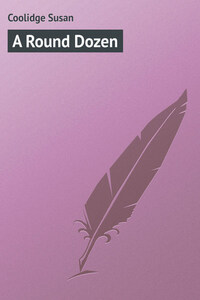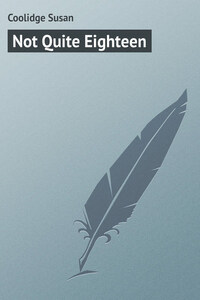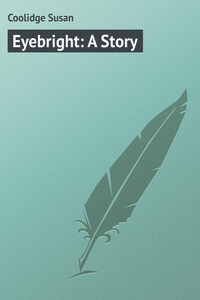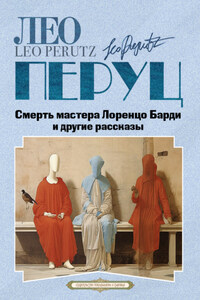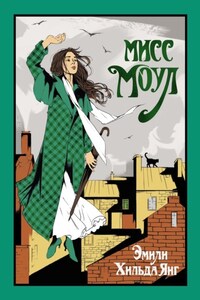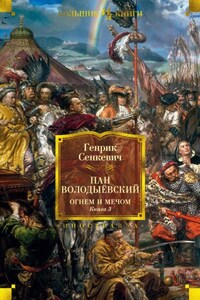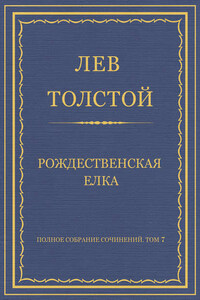CHAPTER I.
ALONG THE NORTH DEVON COAST
IT was a morning of late May, and the sunshine, though rather watery, after the fashion of South-of-England suns, was real sunshine still, and glinted and glittered bravely on the dew-soaked fields about Copplestone Grange.
This was an ancient house of red brick, dating back to the last half of the sixteenth century, and still bearing testimony in its sturdy bulk to the honest and durable work put upon it by its builders. Not a joist had bent, not a girder started in the long course of its two hundred and odd years of life. The brick-work of its twisted chimney-stacks was intact, and the stone carving over its doorways and window frames; only the immense growth of the ivy on its side walls attested to its age. It takes longer to build ivy five feet thick than many castles, and though new masonry by trick and artifice may be made to look like old, there is no secret known to man by which a plant or tree can be induced to simulate an antiquity which does not rightfully belong to it. Innumerable sparrows and tomtits had built in the thick mats of the old ivy, and their cries and twitters blended in shrill and happy chorus as they flew in and out of their nests.
The Grange had been a place of importance, in Queen Elizabeth's time, as the home of an old Devon family which was finally run out and extinguished. It was now little more than a superior sort of farm-house. The broad acres of meadow and pleasaunce and woodland which had given it consequence in former days had been gradually parted with, as misfortunes and losses came to its original owners. The woods had been felled, the pleasure grounds now made part of other people's farms, and the once wide domain had contracted, until the ancient house stood with only a few acres about it, and wore something the air of an old-time belle who has been forcibly divested of her ample farthingale and hooped-petticoat, and made to wear the scant kirtle of a village maid.
Orchards of pear and apple flanked the building to east and west. Behind was a field or two crowning a little upland where sedate cows fed demurely; and in front, toward the south, which was the side of entrance, lay a narrow walled garden, with box-bordered beds full of early flowers, mimulus, sweet-peas, mignonette, stock gillies, and blush and damask roses, carefully tended and making a blaze of color on the face of the bright morning. The whole front of the house was draped with a luxuriant vine of Gloire de Dijon, whose long, pink-yellow buds and cream-flushed cups sent wafts of delicate sweetness with every puff of wind.
Seventy years before the May morning of which we write, Copplestone Grange had fallen at public sale to Edward Young, a well-to-do banker of Bideford. He was a descendant in direct line of that valiant Young who, together with his fellow-seaman Prowse, undertook the dangerous task of steering down and igniting the seven fire-ships which sent the Spanish armada "lumbering off" to sea, and saved England for Queen Elizabeth and the Protestant succession.
Edward Young lived twenty years in peace and honor to enjoy his purchase, and his oldest son James now reigned in his stead, having reared within the old walls a numerous brood of sons and daughters, now scattered over the surface of the world in general, after the sturdy British fashion, till only three or four remained at home, waiting their turn to fly.
One of these now stood at the gate. It was Imogen Young, oldest but one of the four daughters. She was evidently waiting for some one, and waiting rather impatiently.
"We shall certainly be late," she said aloud, "and it's quite too bad of Lion." Then, glancing at the little silver watch in her belt, she began to call, "Lion! Lionel! Oh, Lion! do make haste! It's gone twenty past, and we shall never be there in time."
"Coming," shouted a voice from an upper window; "I'm just washing my hands. Coming in a jiffy, Moggy."
"Jiffy!" murmured Imogen. "How very American Lion has got to be. He's always 'guessing' and 'calculating' and 'reckoning.' It seems as if he did it on purpose to startle and annoy me. I suppose one has got to get used to it if you're over there, but really it's beastly bad form, and I shall keep on telling Lion so."
She was not a pretty girl, but neither was she an ill-looking one. Neither tall nor very slender, her vigorous little figure had still a certain charm of trim erectness and youthful grace, though Imogen was twenty-four, and considered herself very staid and grown-up. A fresh, rosy skin, beautiful hair of a warm, chestnut color, with a natural wave in it, and clear, honest, blue eyes, went far to atone for a thick nose, a wide mouth, and front teeth which projected slightly and seemed a size too large for the face to which they belonged. Her dress did nothing to assist her looks. It was woollen, of an unbecoming shade of yellowish gray; it fitted badly, and the complicated loops and hitches of the skirt bespoke a fashion some time since passed by among those who were particular as to such matters. The effect was not assisted by a pork-pie hat of black straw trimmed with green feathers, a pink ribbon from which depended a silver locket, a belt of deep magenta-red, yellow gloves, and an umbrella bright navy-blue in tint. She had over her arm a purplish water-proof, and her thick, solid boots could defy the mud of her native shire.


